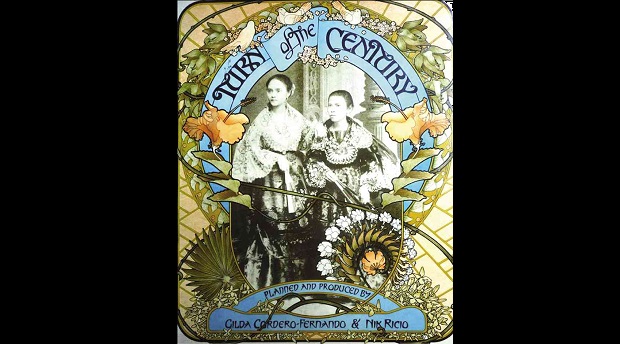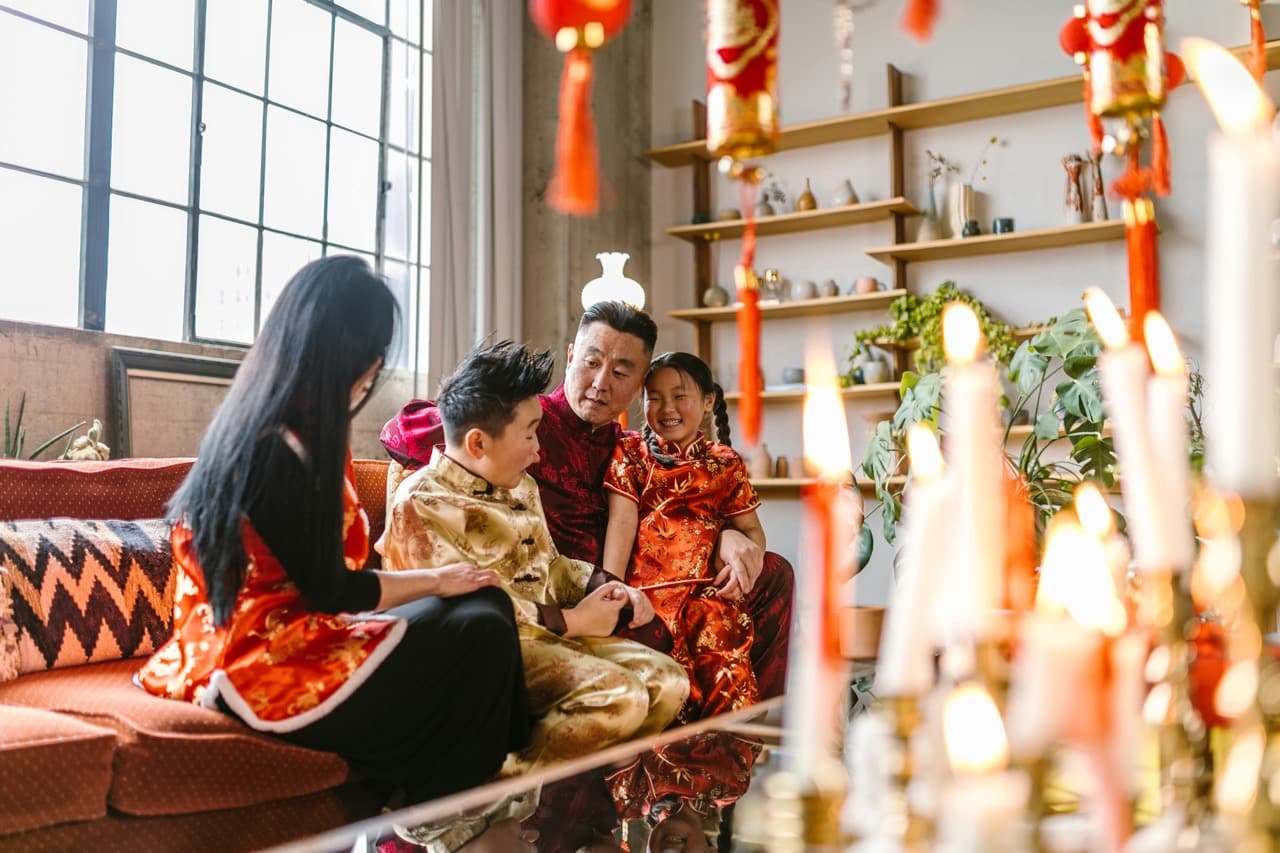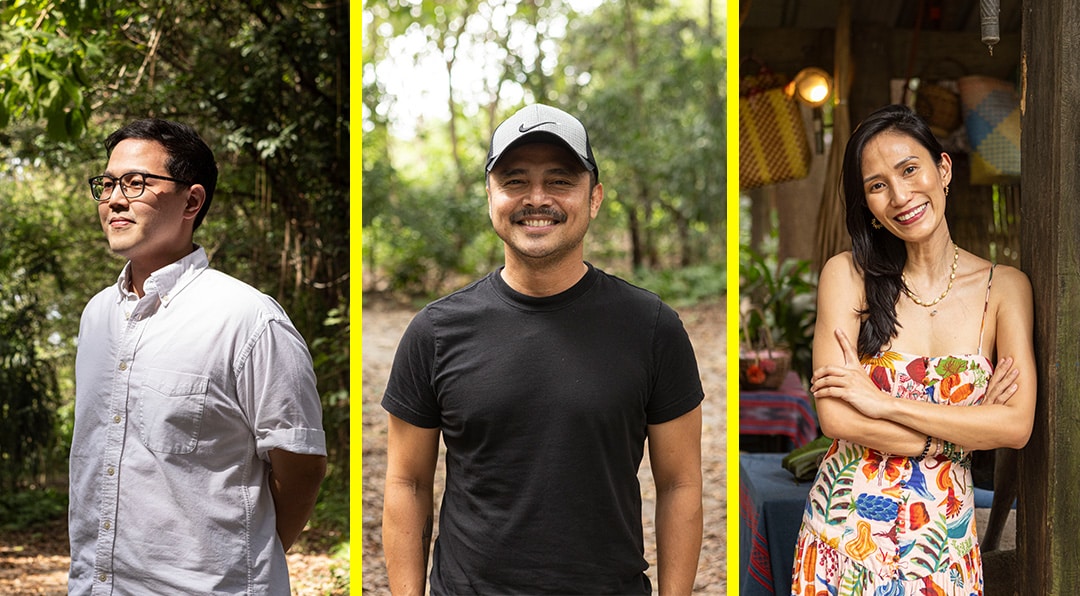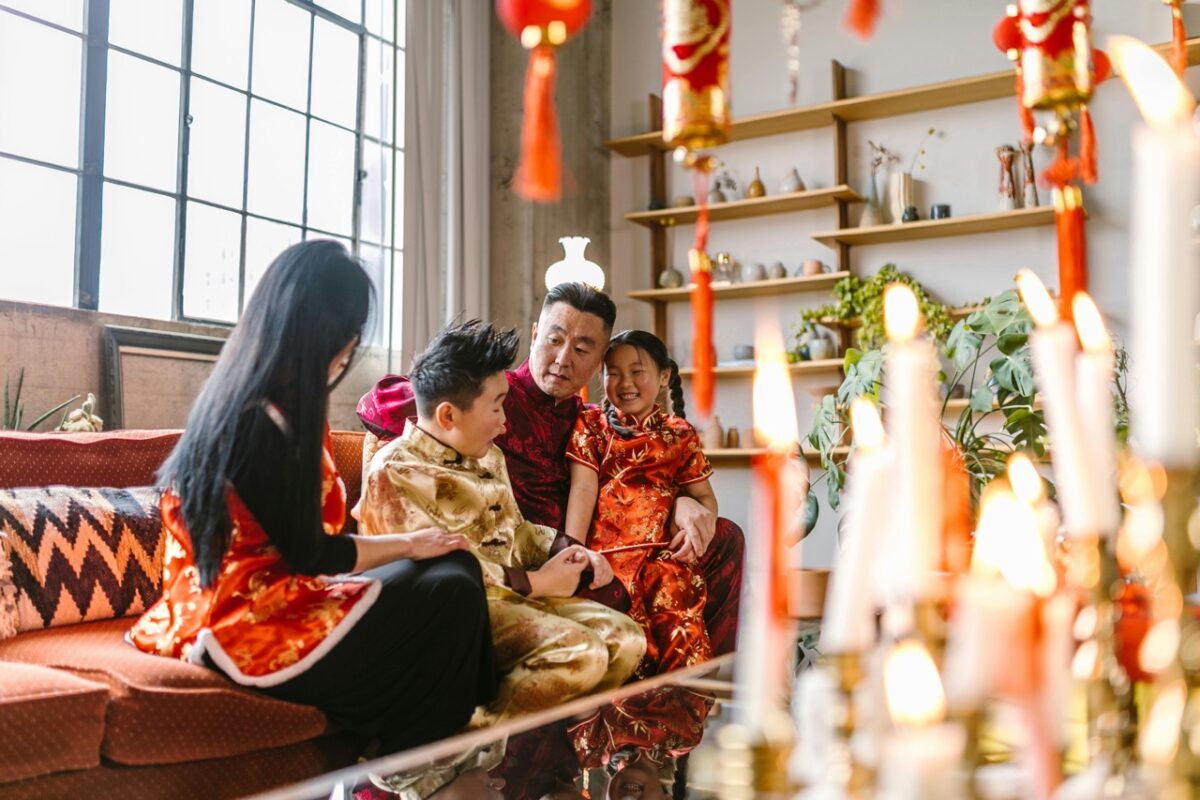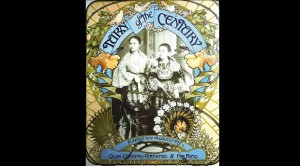
Nik Ricio, beloved friend, highly respected colleague and artist, died on Jan. 9, at 8:40 p.m. His ashes and an exhibit of his lifework was held in Liongoren Art Gallery, courtesy of Norma Liongoren, every artist’s friend.
The day Nik collapsed was the day Lorna and Vic Tirol, and Jess Abrera and I had agreed to meet in Nik’s house to visit. As we were turning into the driveway, we were met by his son who told us that his father may not be able to receive us. They were just about to call a taxi to take him to the hospital!
We promptly vacated the car and watched as his sons lifted Nik into the vehicle, moaning and groaning in a frightful way. In a little over 24 hours in the hospital, Nik had breathed his last.
Nik Ricio had a very important part in the fledgling GCF Books. With my just completed manuscript on Filipino food and life, I was in search of a layout artist. But I was finicky. I admired Nik’s work as designer of Goodman, a house magazine of Goodyear Tire Co., but I did not know him.
Its editor, Meiling Sicam, one day collared Nik Ricio and dropped him right on my doorstep. “Here’s your layout man,” she said.
Jackpot
Nik was short, dark and handsome. He could hardly speak English and liked to refer to himself as a probinsyano. He quickly fitted in with the relaxed and informal working style of GCF Books. After all, we consisted of only two—and later, three—people. Cora Alvina was production, I was publisher and Fernando “Butch” Zialcita was editor. The writers were contractual.
The first book we put together as the Fearsome Four was “Culinary Culture of the Philippines.” It hit the jackpot, being awarded One of the Ten Best Culinary Books in the 1977 International Book Fair in Frankfurt, Germany.
The next book was informational (Isagani Medina and Luning Ira), an oversize volume illustrated with Nik’s photographs of the city. (Of course, he’d made it a large-size book). It wouldn’t fit my cabinet, so the next volume had to conform to normal size.
“Turn of the Century” was Nik’s pièce de résistance. It made people sit up and notice.
I told Nik I wanted an art nouveau theme. He looked at me bewilderedly. “Di ko alam yang nobu nobu na yan,” he said. I had to explain to him what art nouveau was and what the heck it looked like. I xeroxed all the Spanish and Philippine magazines with European art nouveau themes at the Lopez Memorial Filipiniana library.
I dumped the pile in front of Nik. “There, that’s art nouveau,” I said. “I want you to study it well, digest it, drink it in. Then you create art nouveau of your own, without a single element in it that’s not Filipino.”
Impressive debut
“Turn of the Century” had an impressive debut. Its cover was the antique photograph of two women in Maria Clara, surrounded by Philippine floral motifs in soft color bamboo vines, cadena de amor, gumamela, rosal, sampaguita, ylang ylang and also anahaw leaves.
“Innovative in the use of materials,” Cora Alvina writes in her testimonial on him, “Nik, the artist, put printing presses and book binders to a test by using paper that slipped during press runs and stitching. He was a fastidious typographer and difficult to please. He wore down the patience of the press managers and, at times, of its publisher.”
Presses were still pretty crude then, and when commas and periods came out imperfect, Nik would round out each period. With his India ink-pen. Hate late? Sorry. It took us two years to finish a book from conception to research to writing to book design to printing.
(Present-day publishers find such working style appalling! In the ’90s they would tell one, “In spite of your ’70s astronomically priced P140 per copy edition, you never made money?! We produce five or six books a month and make in decent profit.” And I wanted to retort: But where are those books now! Nik’s GCF Books are now 37 years old and people are still hoping there would be reprints or e-books of them. We had been stung by the 30- to 50-percent distribution price charged us per volume and the endless transportation costs to so many branches of the same bookstores. Our books were labors of love, carry-outs of a now outmoded crusade to prove that Filipino culture was as good as any. They were the business failures that became shining stars!)
Illiterate
Cora and I were long convinced that Nik Ricio, in spite of his fine arts degree, was illiterate. He never read a single manuscript we were to use even if he swore he did. So we had to summarize every article for him, and he listened, yawning all the time. At night, he put the manuscript under his pillow, slept, and lo, the next morning he knew exactly what to do with it. This convinced Cora, Butch and me that that was what genius was made of.
“Turn of the Century” had a great impact on the graphic scene of the ’70s. It was the first book that used antique photos and a mod art nouveau design. For almost a year, every other magazine article, ad and TV documentary used art nouveau borloloy, even cribbing Nik’s borders and end papers. Nik had created a trend.
Once I chided Nik about the spelling of his name. Parang baduy, I said, parang kulang, at wrong spelling pa. He stood pat. Ever the trendsetter, indeed, in a short while names like Tess became Tes, Manny Manni, Bobby Bobi, Baby Beibi.
Peak periods
I think artists have their peak periods. At the same time that Nik was doing books for us, he was also painting big murals for Manila Hotel’s Maynila outlet and designing beautiful, unforgettable calendars for Petron. He always created the calendar settings himself, whether it was of mountain, rice field or river, he stage-managed them all.
(Once he even tied the ducks’ feet to stones under the water so they wouldn’t swim out of camera range!) And he used live models in costumes of the period.
“Nik was all about work, but he had fun in his work,” Cora continues. “A closet funny man, he went out of the way for his junior artists, for the press boys and his gang. He was also generous with what he knew, training second-generation artists, sharing his skills with colleagues and walking production novices through the path of efficient workflow.”
Later on, there was too much demand for Nik Ricio in Makati corporations for us to keep him. Soon, he was doing promotional materials, annual reports, advertising campaigns. Also books by private clients. He was earning a mint. We consoled ourselves by saying that what he did for us had a lot more soul. Also, GCF Books was Nik’s first love and first loves die hard.
“Ever the perfectionist,” Cora concludes, “Nik is probably now arguing up there about the inelegant typeface above the portals of heaven, the wrong proportions of angel wings and the shade of heavenly blue.”

